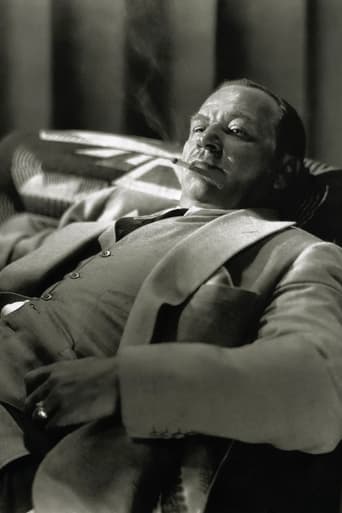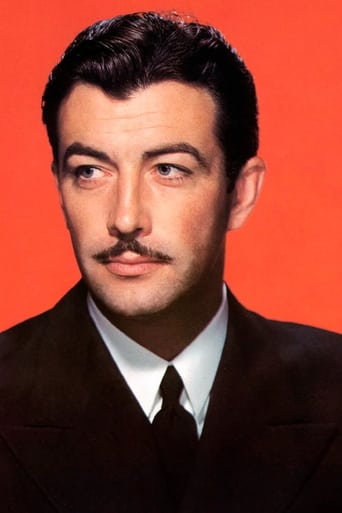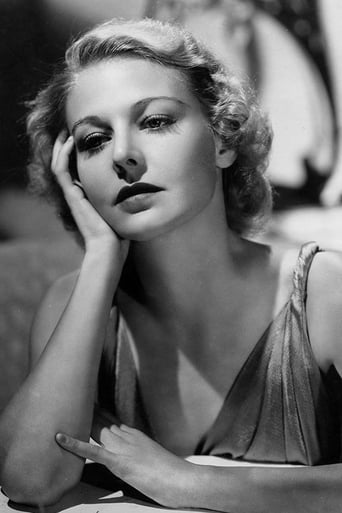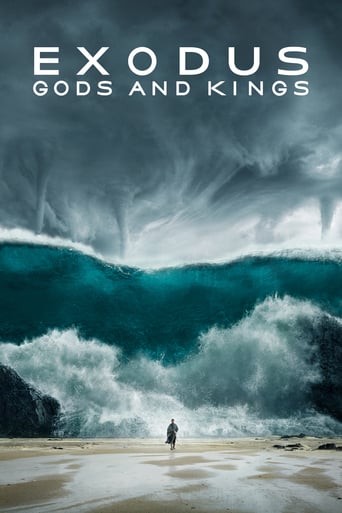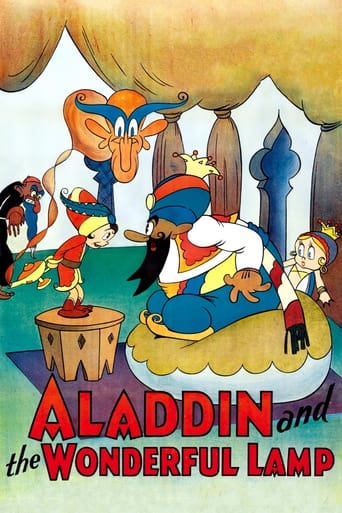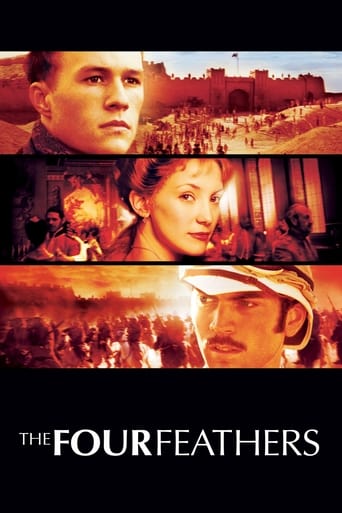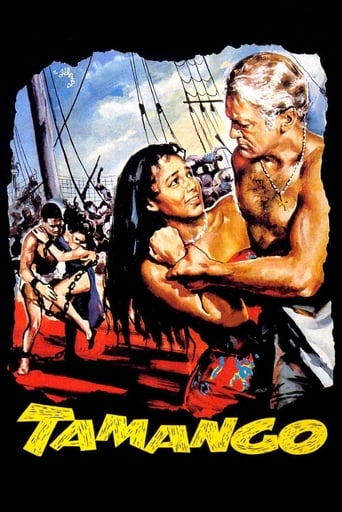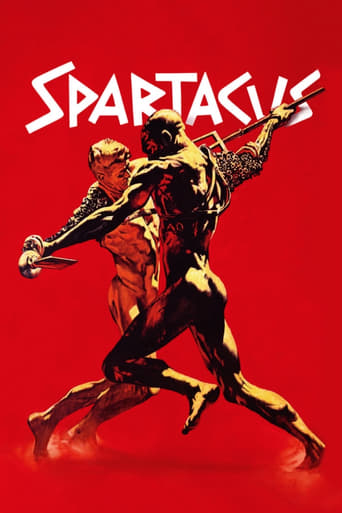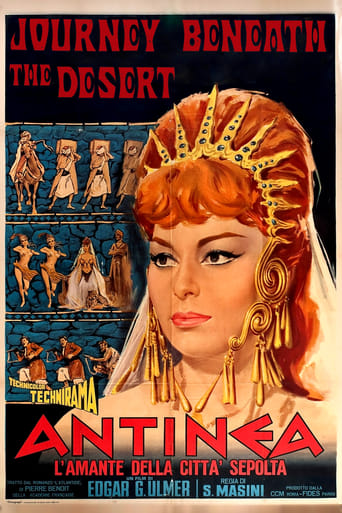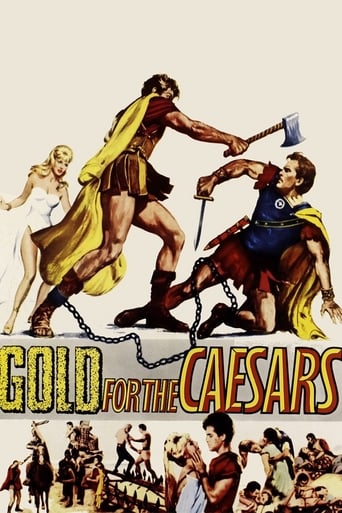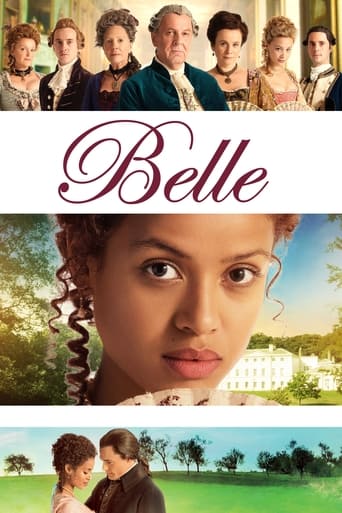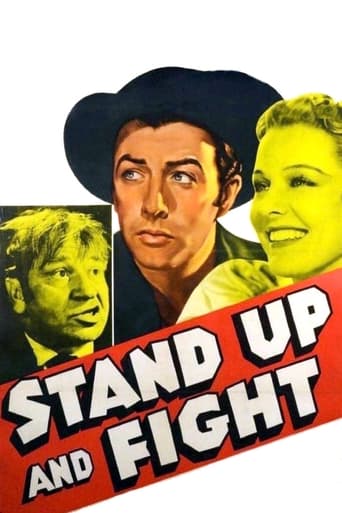
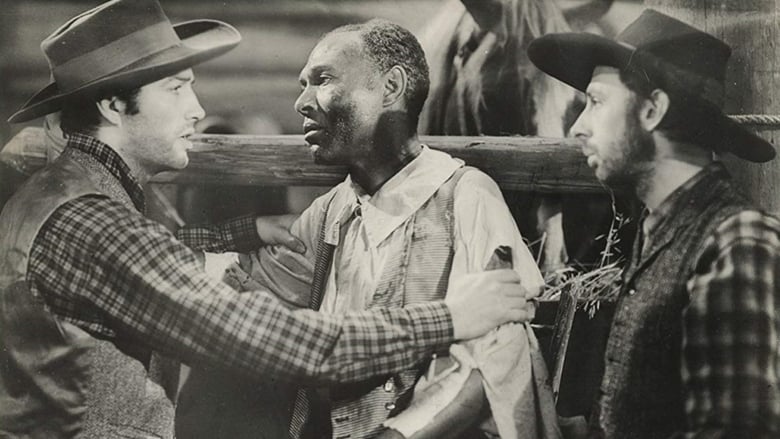
Stand Up and Fight (1939)
A southern aristocrat clashes with a driver transporting stolen slaves to freedom.
Watch Trailer
Cast


Similar titles
Reviews
Original release prints were processed in sepia. Copyright 3 January 1939 by Loew's Inc. A Metro-Goldwyn-Mayer Picture. New York opening at the Capitol: 26 January 1939. U.S. release: 6 January 1939. Australian release: 9 March 1939. 105 minutes. COMMENT: Beery receives top billing, even though his role is smaller - due to the fact that he doesn't come on for quite a spell. He is his usual lovable slob, blustering heavily all over the place. Much publicity was made of his two fist-fights with Taylor, but seen today it is obvious that while Beery does most of his own slugging, "Pretty Boy" is doubled for all but the close shots. Speeded-up action doesn't help conviction either. Other camera tricks include process screens in the fox hunt and train ride. Nonetheless we love the train with its converted coach carriages (startlingly unique). Miss Rice is a most attractive (and attractively photographed) heroine. It's good to see Taylor in a period picture, a nice sprawling bit of lavishly produced action-romance. Woody's direction is pacey but undistinguished, although we are treated to great camerawork and costumes. Miss Broderick holds up the comic relief ably, despite weak lines. Qualen has a big part as T's sidekick. So does Rosemond as an ex-slave. Bickford and MacLane are brief villains. OTHER VIEWS: Beery and Taylor got on well together, as Taylor was actually a hunting pal of grouchy Wally off the set. The script is designed to give both stars opportunities. Beery is richly colorful, Taylor virile yet sympathetic in the same man's-man way. Both relish a fight. Both are short with the ladies. Taylor presents his characterization much more convincingly than over-the-top Beery. Of course when it comes to their actual fist-fighting, a double for Taylor is very obviously used in all but the close-ups. The more experienced Beery, who knew how to pull and avoid punches, slugs it out with Taylor's double in the medium and long shots. Unfortunately, Van Dyke decided to garnish the rough stuff by speeding up the action. The end result looks phony. Nor is audience involvement helped by a number of extraneous scenes which pad out the running time and slow down the action. Trimming would certainly help. Even the climax in the snow seems to take forever to resolve into its totally anticipated conclusion. Despite a fair bit of money thrown at the screen, Stand Up and Fight too often lacks vigor. In fact Van Dyke exhibits so little of his customary flair and pacey fluid style, one could be excused for concluding the movie was actually directed by Richard Thorpe. - John Howard Reid writing as George Addison.
This film probably would have been better if Robert Taylor was pitted against Charles Bickford rather than Wallace Berry. I didn't believe their confrontation, but I do believe that if Taylor was up against Bickford then their confrontation would be believable. Taylor redeems himself by demanding that enslaved African-Americans be sold as a family rather than splitting them up. The film would have been better if we had an enslaved African-American character that we could identify with. The fugitive African-American is too old to be sold as a house slave and is in danger of being killed off as he is unsaleable. Taylor befriends him and we have the germ of an intimate acquaintanceship. This subject matter was dealt with better in 'Roots'.
Before I start, I would like to point out that the film was set in 1844 and practically everyone uses revolvers--even though this sort of gun was super-rare at that time. Revolvers would become more common in the 1850s-1860, but in 1844 you just didn't see them because they were so new. Yet, oddly, EVERYBODY seems to have one in the shootout near the end of the film! The revolver was NOT a reliable weapon and few could afford them if they could even find one back then! Oh, well, there are worse historical mistakes I've seen in other films...and I notice them, as I was a history teacher.The story is one of the stranger ones I've ever seen concerning slavery. It isn't really bad...just very, very unusual--especially in its way of portraying the fugitive slave trade. The film begins with Robert Taylor selling off his plantation and slaves because of his debts. It's obvious that he's pretty attached to his slaves and makes sure the families aren't separated--but he STILL sells them like they are property. So, seeing him working for the abolitionist cause later in the film is a bit of a surprise.A bit later, officials with the B&O Railroad try to hire Taylor as an agent to investigate the illegal slave trade and how it might relate to a local transportation company. I liked seeing the old fashioned trains from the 1840s that you see in the film, but Taylor wasn't as impressed nor was he willing to take the railroad's offer. However, oddly, investigating this trade is EXACTLY what Taylor ends up doing--and it hits close to home when one of his old slaves is killed by the scum behind the scheme.Taylor's nemesis throughout the film is the mean and blustery Wallace Beery. His acting, as usual, is far from subtle and he chews up practically every scene in which he appears. As a result, Taylor's good acting is all the more obvious! Overall, an interesting film--mostly because other films made around the same time didn't seem to care much about the plight of slaves. By comparison, think about the way Blacks are portrayed in "Gone With the Wind" which also came out the same year. Sure, it's a great film, but it also made slavery seem not so bad! So "Stand Up and Fight" should at least be given some credit for its rather progressive theme. The only major complaint I had about the film was the ending--it seemed a bit weak.
In casting Robert Taylor in Stand Up And Fight, MGM was trying to broaden his appeal. His first few films established him as a handsome, but callow youth. Camille was a typical part for him. In doing this film, A Yank at Oxford, and Killer McCoy, MGM was trying to create a more masculine image for its heart throb.Taylor plays the impoverished heir of a plantation in Maryland who is forced to sell his assets which of course in that society included black slaves. He's forced to go to work for a living and he gets a job with the new Baltimore and Ohio Railroad. The B&O's main competition is a stage and freight line which does a side business in capturing runaway slaves and returning them to their masters. The guys doing this are Charles Bickford and Barton MacLane with a wink and nod from manager Wallace Beery.It's quite a culture shock for Taylor. He's grown up believing that blacks might be human, but of an inferior brand. The business that Bickford and MacLane are in disgusts him. Taylor and Beery got good notices for this film. Starting out as antagonists both in business and generationally, they gain a grudging respect for the other.The depiction of blacks as menials is the reason Stand Up And Fight is not broadcast too often. You run into a peculiar conundrum in dealing with movies about slavery. Because of the position they're in blacks have to act as subservient simply to survive and that in itself becomes offensive.Roots changed all of that, but by that time Robert Taylor and Wallace Beery were gone as was director Woody Van Dyke. Stand Up And Fight surely isn't Roots by any means, but considering the era it was probably groundbreaking for its day, as was Paramount's Souls at Sea a few years earlier. Not many films dealt with slavery at all.


